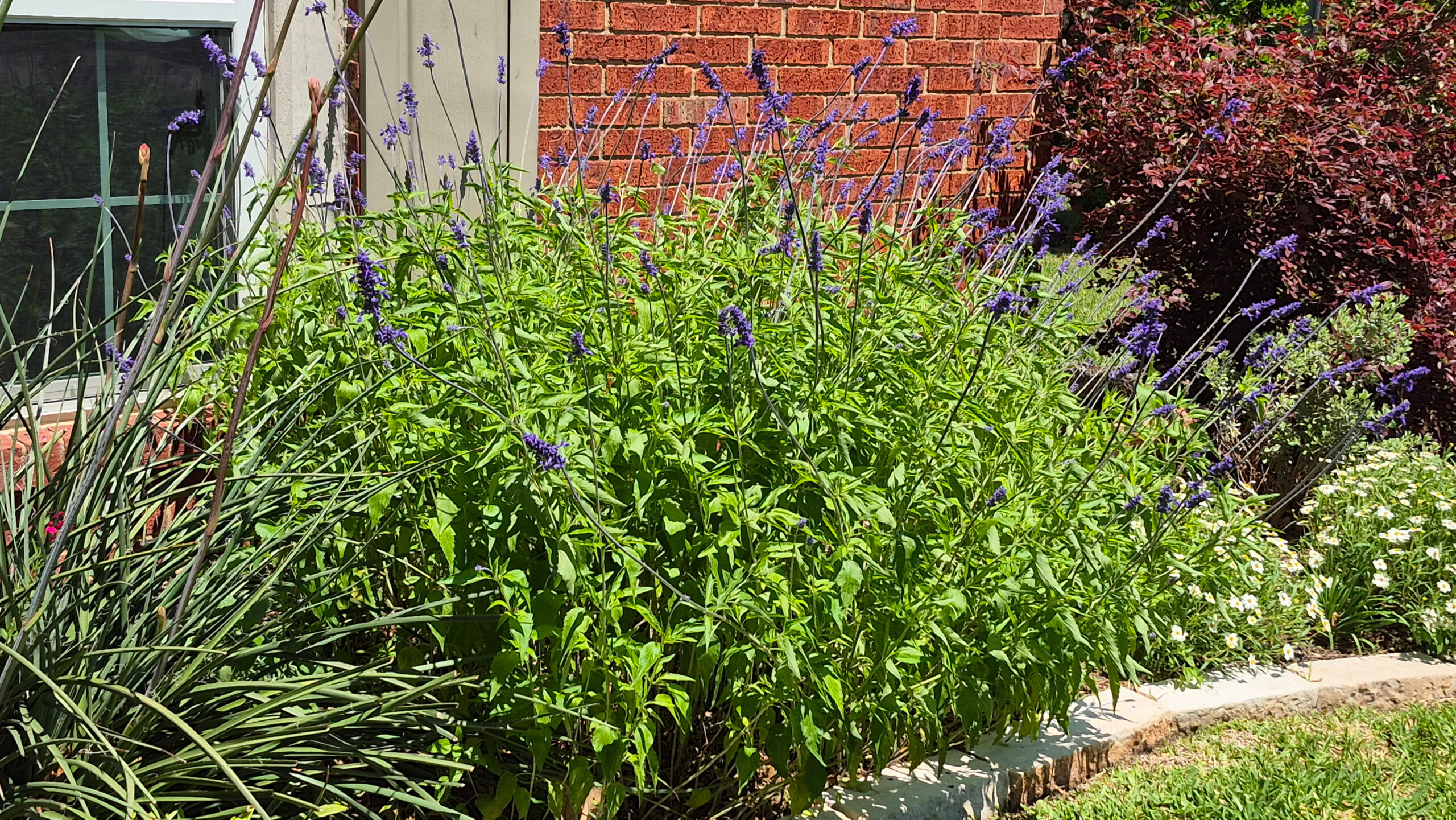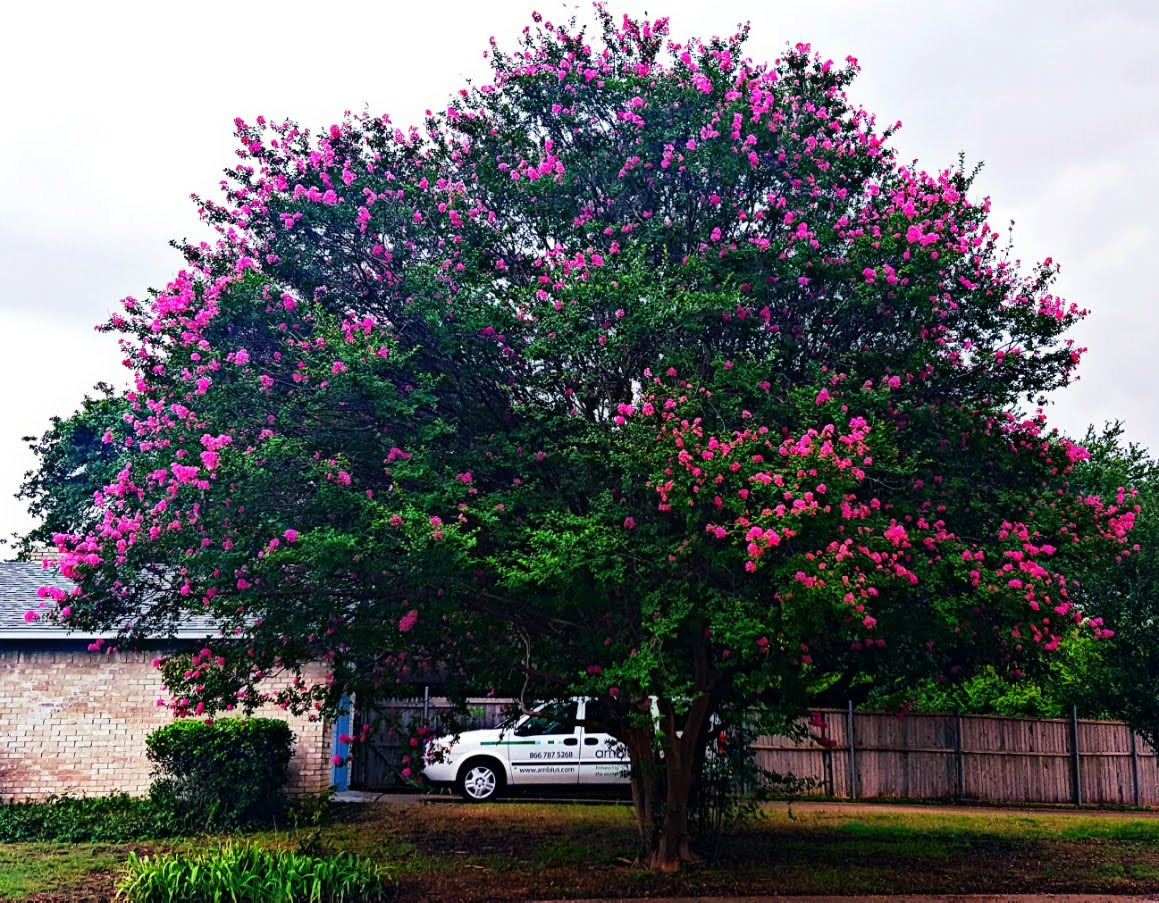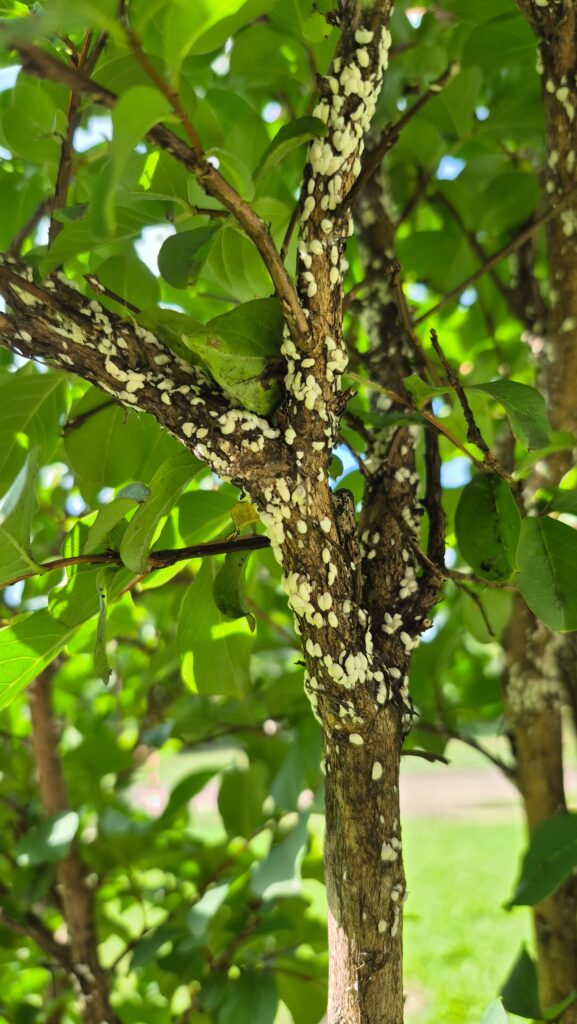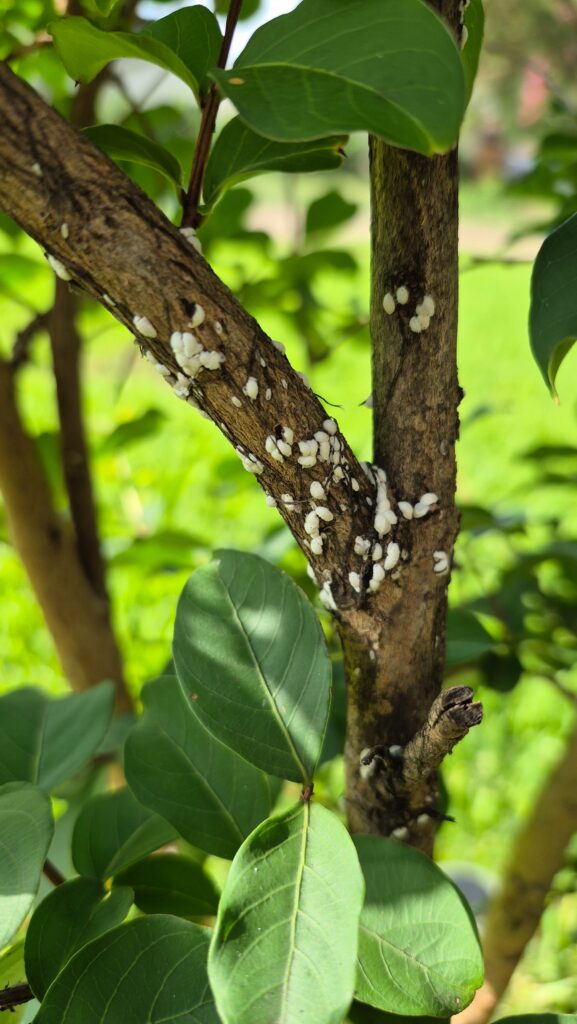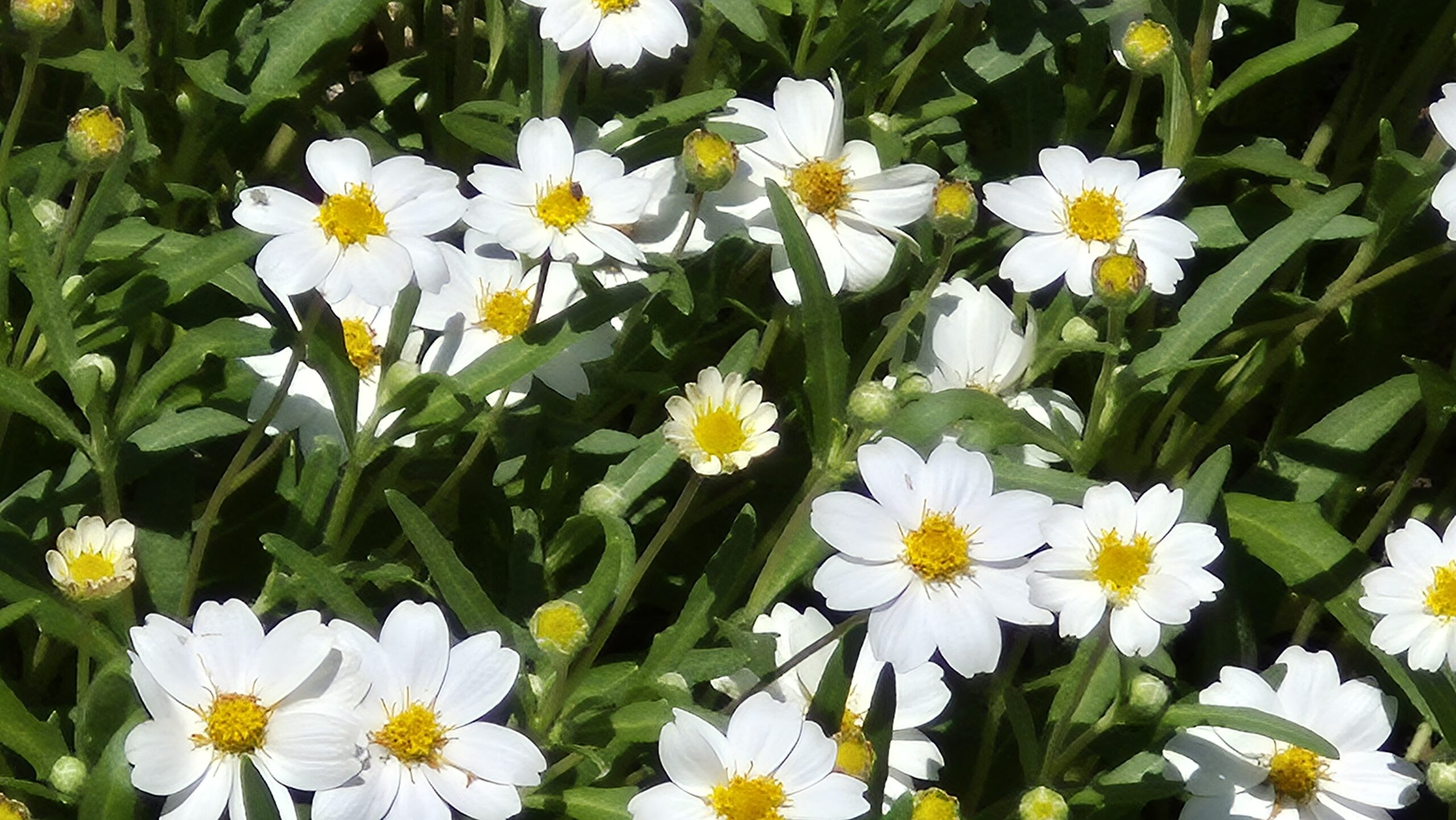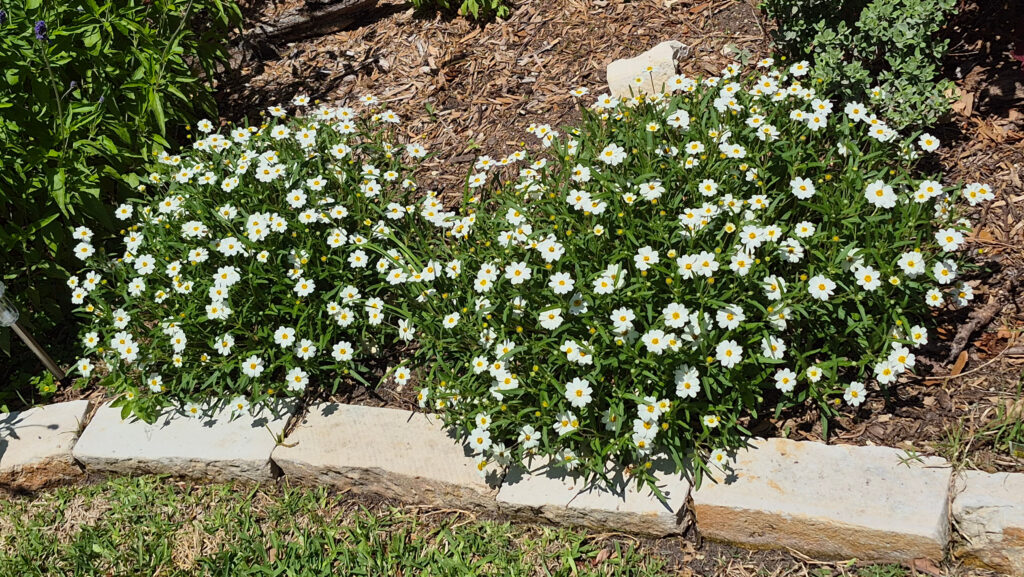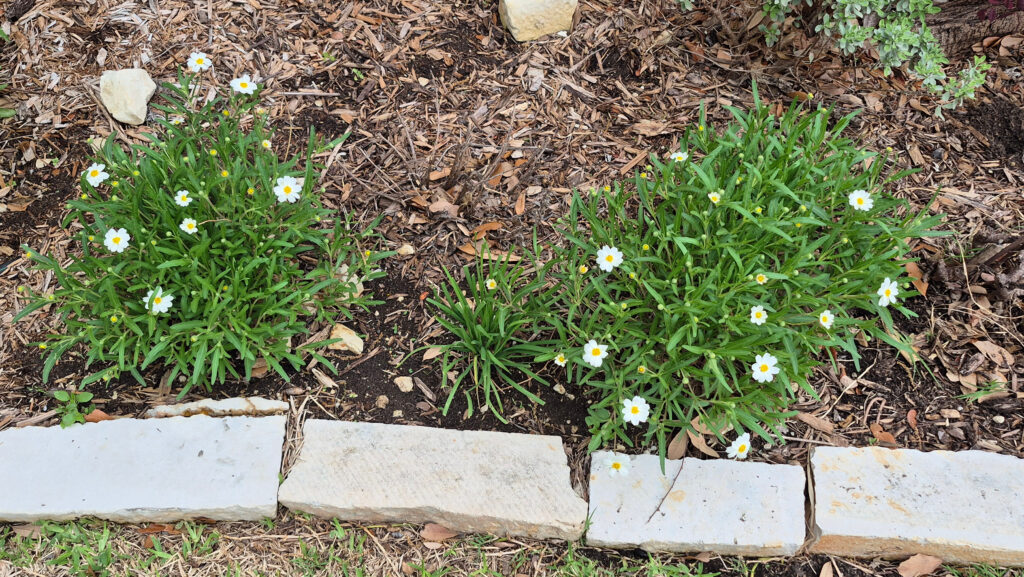Mealy Sage: A Texas Native Beauty
Known as Mealy Sage or Mealycup Sage, Salvia farinacea is a hardy perennial that thrives in Texas’ diverse climate. Its striking blue-to-purple blooms add vibrant color to any garden while requiring minimal effort to maintain.
The Benefits of Growing Mealy Sage in Texas
This drought-tolerant plant is a favorite among Texas gardeners for its resilience and beauty. Mealy Sage attracts beneficial pollinators like bees, butterflies, and hummingbirds, enriching your garden ecosystem.
Mealy Sage: Texas Gardens’ Secret to Blooming Glory
One secret to keeping your Mealy Sage blooming all season is strategic trimming. After its stunning flowers fade, cut back the stems slightly to encourage fresh growth and new blooms.
Preventing Mealy Sage from Taking Over Your Texas Garden
While Mealy Sage can spread and provide great coverage, it’s essential to manage its growth. Regularly remove seed heads and monitor its self-seeding tendencies to keep it from overwhelming your garden.
The Perfect Plant for Texas Summers: Mealy Sage
Texas summers can be harsh, but Mealy Sage loves the heat. This perennial is not only heat-tolerant but also thrives in well-drained soil, making it ideal for Texas landscapes.
Maximizing Coverage with Mealy Sage in Texas
For gardeners seeking lush coverage, plant Mealy Sage in groups. Space plants about 12-18 inches apart to allow them to fill in beautifully without crowding each other.
How Mealy Sage Elevates Texas Pollinator Gardens
Pollinator enthusiasts in Texas will love Mealy Sage. Its nectar-rich blooms are a magnet for bees and butterflies, creating a buzzing haven in your backyard.
Mealy Sage Maintenance Tips for Texas Gardeners
Ensure your Mealy Sage stays healthy by watering sparingly—overwatering can lead to root rot. Mulch around the base to retain moisture and prevent weeds.
Texas Wildflower Vibes with Mealy Sage
If you love that classic Texas wildflower aesthetic, Mealy Sage is your go-to. Its vibrant blooms pair beautifully with other natives like Indian Blanket and Black-Eyed Susan.
Mealy Sage: A Texas Gardener’s Delight
Incorporating Mealy Sage into your garden is a win-win. It’s low maintenance, supports pollinators, and adds year-round charm. With a little care, this Texas treasure will thrive season after season.
